What’s Actually Inside A Vape? We Tested Some To Find Out
The meteoric rise of vapes in Australia has a chokehold on young Australians and many of us have no idea what’s inside them. It feels like most places you go, from the bus stop to the pub, you’re bound to smell notes of lush ice. But have you ever wondered what flavour lush ice actually is? Or how your vape even works? We have, so we’ve headed down to a lab to get some vapes tested.
The acceleration of vapes straight into our hands has occurred against the backdrop of decades of highly successful anti-smoking campaigns, coupled with awareness of the harm that can be caused by nicotine and smoking. But despite all of this: we’re still vaping.
Research from Generation Vape provided exclusively to PEDESTRIAN.TV found that over 20 percent of 18 to 24 year olds had vaped in the past six months, which was highest of any age group.
We asked young people why they think the historical public health education around cigarettes hasn’t been effective in combating the rise of vapes, and many of the same anecdotes came to the fore.
Ella, 23, told PEDESTRIAN.TV that there’s a perception that vapes feel like “heaps of things that cigarettes aren’t”, and there isn’t enough information on the contents, or the long-term effects of vapes to accurately understand the full scope of their potential harm. We asked young people to list the components they thought were inside disposable vapes and the answers we received ranged from oils, to rat poison to springs.
So we’ve set out on an investigation to test and uncovered exactly what’s inside the notoriously colourful blackbox.
What’s Actually Inside A Vape?
To find out exactly what’s inside a vape, we taken some to one of the few places in Australia testing them.
Dr. Jody Morgan and Dr. Celine Kelso are two of Australia’s leading vape researchers who have tested thousands of vapes since 2019 to understand their physical and chemical components.
Their work has captured the shift of different vape styles as vape manufactures have responded to changing legislation in Australia, and they’ve documented the increased levels of nicotine that has come with this change over the last 5 years.
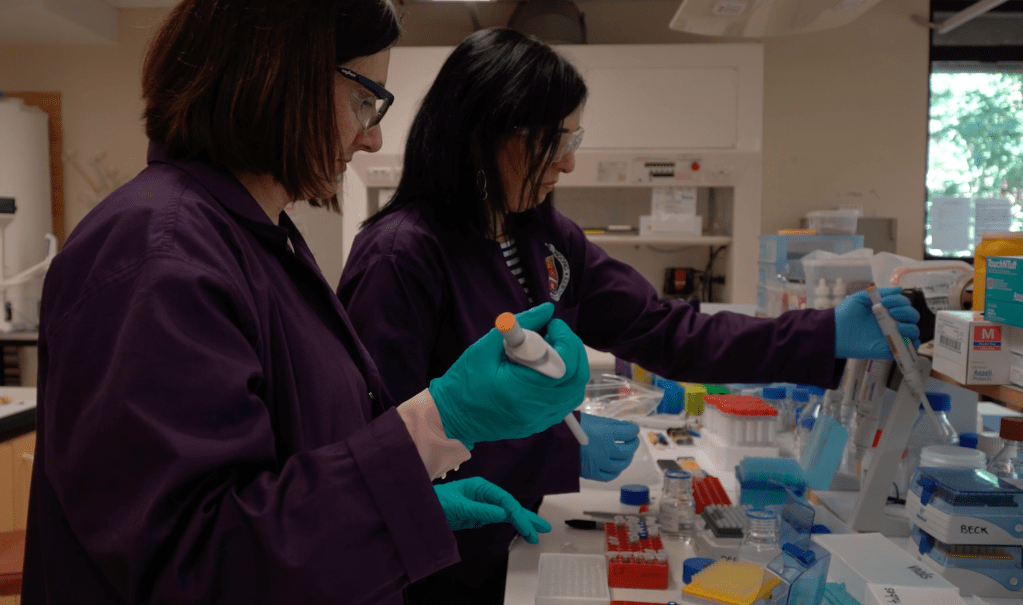
“In the thousands of devices we’ve tested so far, the average concentration is around 40 milligrams per mil or 4 per cent, said Dr. Kelso.
“So much, much higher than when we first started back in 2019 where the average concentration back then was only around 12 milligrams per mil. That’s almost a fourfold increase from the products back in 2019 to what you can find in terms of nicotine in samples today.”
That means if you have a vape that contains 3,500 puffs, it’s the equivalent of around 14 packets of cigarettes. If you went through a vape once a week, you’d have consumed the approximate equivalent of up to two packets of cigarettes a day.
Testing What’s Inside Single Use Vapes
Despite the new government ban on single use vapes, it was relatively easy to find a convenience store that would sell two different vapes to be tested in the lab.
As soon as Dr. Kelso started to dismantle our test samples, the pungent smell of the vape liquid quickly filled the room.
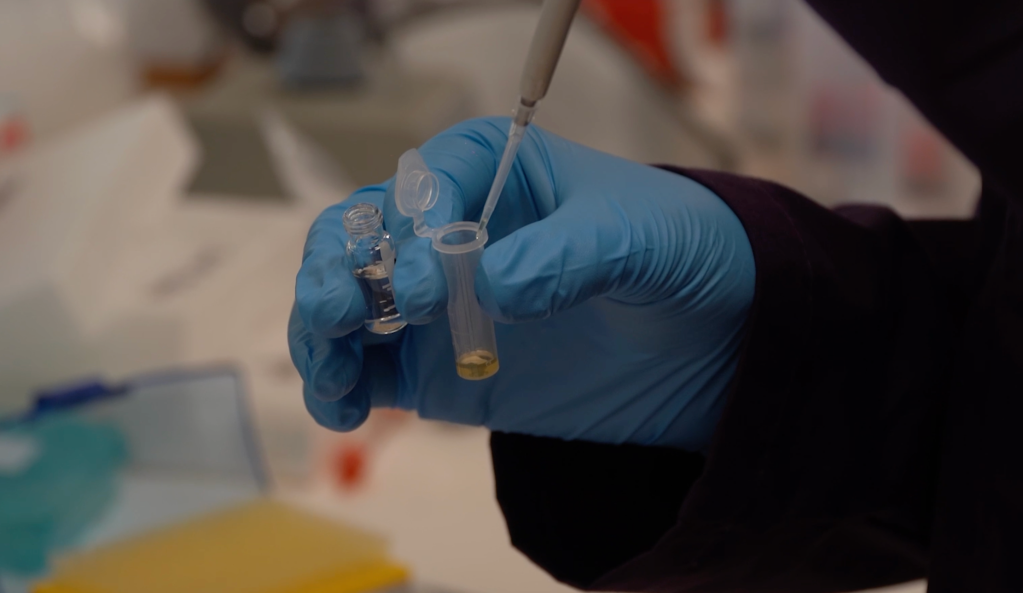
The lab immediately smelt of sickly sweet mango and it’s this thick liquid that Dr. Kelso then squeezed into a small test tube for the chemical analysis that will show us exactly what’s being inhaled when you vape.
The vape liquid was so viscous that Dr. Kelso had to dilute it with other chemicals like methanol so the machine would be able to read it as a sample.
Both vapes contained a censor, battery, sponge, liquid, mouthpiece and coil — fairly standard stuff.
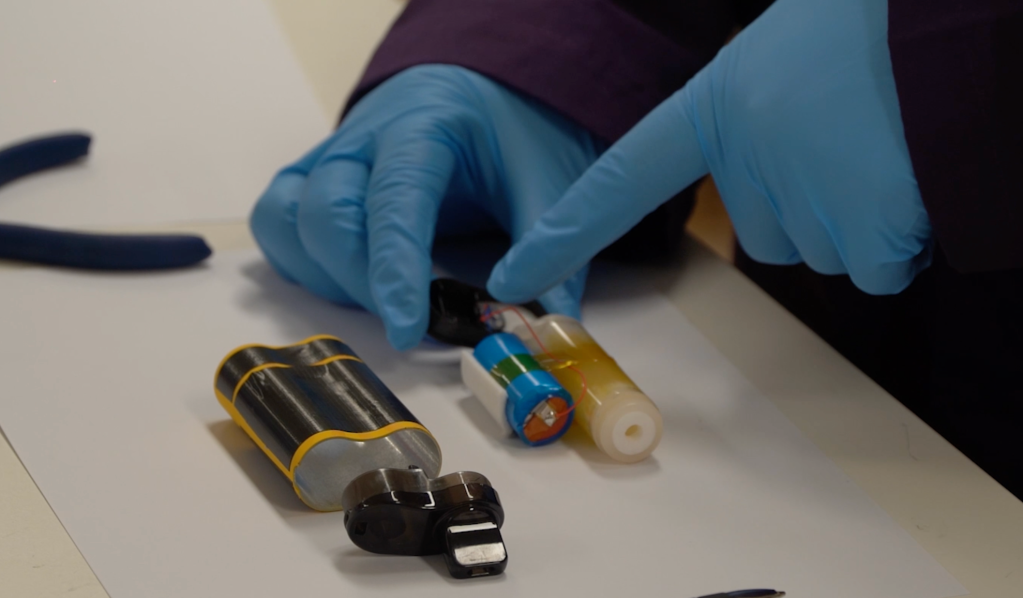
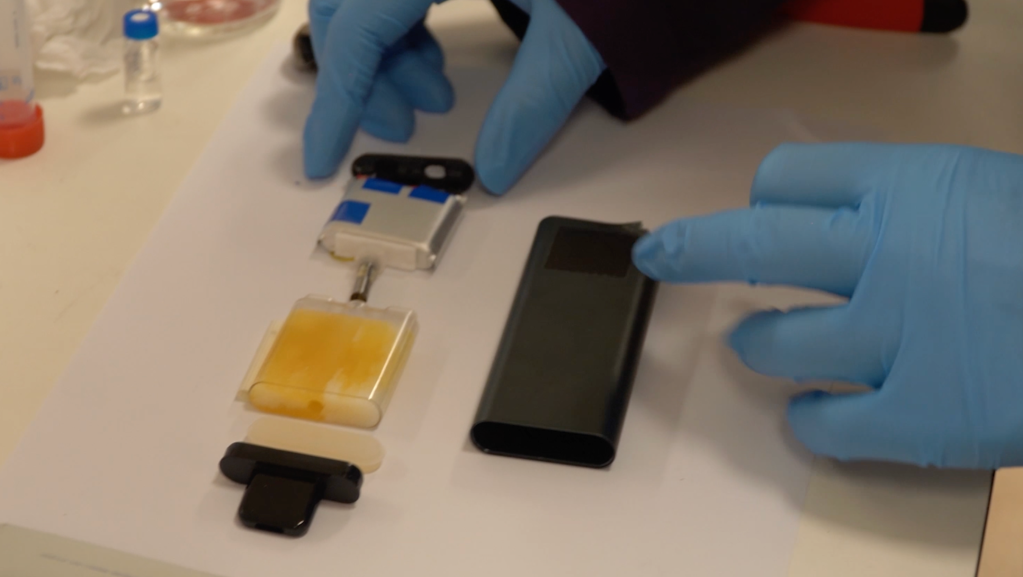
What Am I Actually Vaping?
The results from the chemical analysis confirmed what both Dr. Morgan and Dr. Kelso had suspected: both vapes contained vast amounts of nicotine. The first vape contained 50 milligrams of nicotine, or 5 per cent, and the second vape contained 33 milligrams of nicotine.
Nicotine increases your risk of respiratory, cardiovascular, and gastrointestinal disorders as well as impacting your mental and reproductive health. With such high concentrations of nicotine stored within disposable vapes these risks can become very real.
Both of the vapes also contained the cooling agent WS23 to combat the burning feeling of nicotine on your throat when you inhale. While there’s little known about the risk of synthetic cooling agents, there have been reported risks to human organs and animals.
The analysis showed a spike for benzoic acid, which enables a higher concentration of nicotine to be stored in a vape and also helps with cooling the throat from the high concentrations of nicotine.
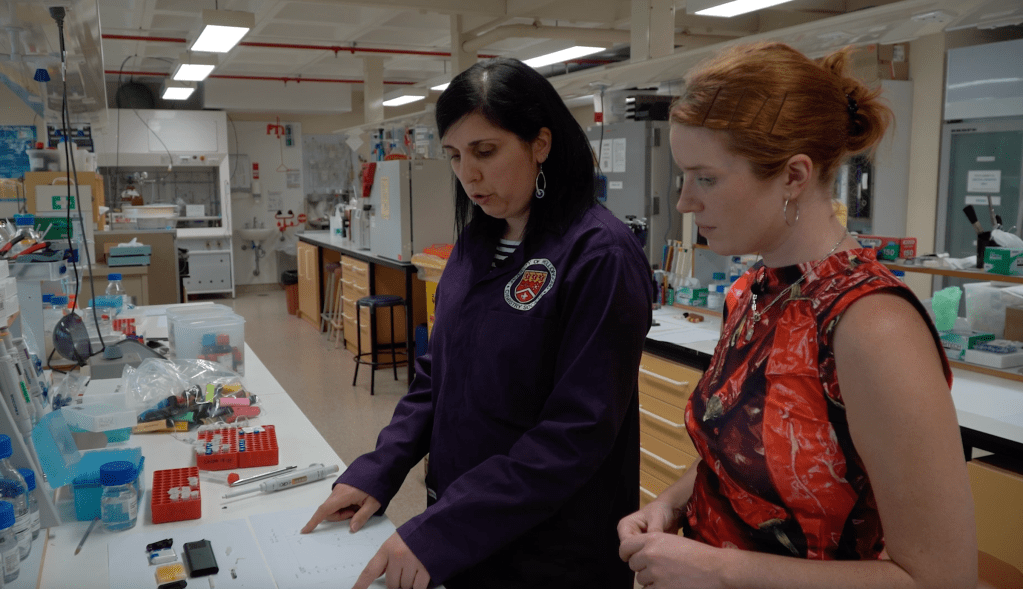
Read More: What’s Actually Inside A Vape? We Tested Some To Find Out

